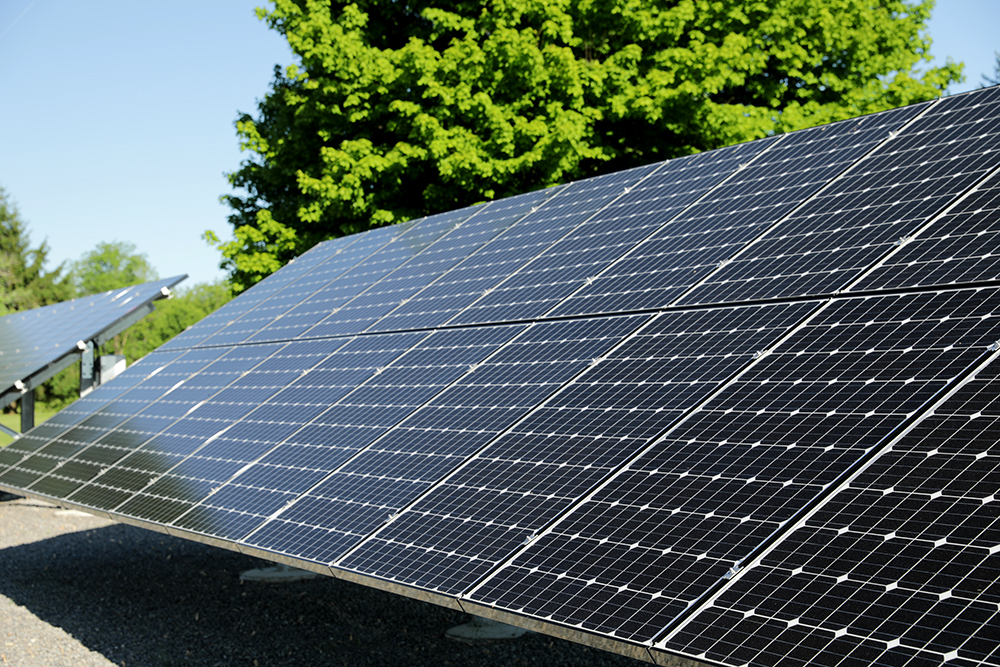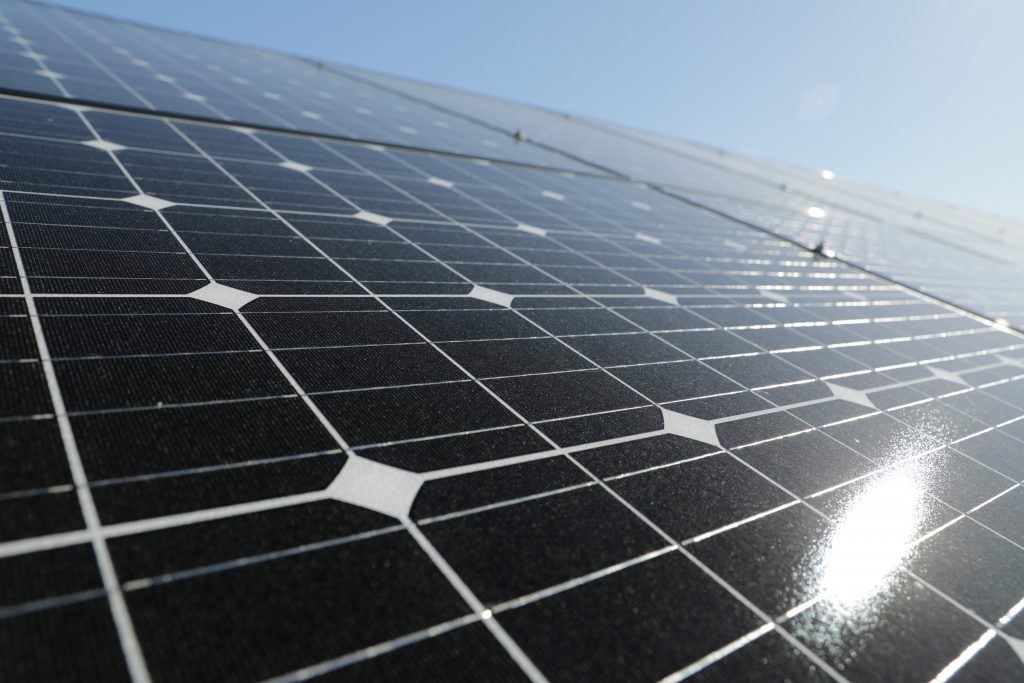This article was written by Ray Davis, President and one of OGW Energy Resources partners
In Part 1 of this series, we examined the location, age, experience and products used by the prospective solar installation company. In this installment, we’re going to take a look at some of the sales tactics some installers use to make their offering look more attractive. And you can read Part 3 here. Enjoy!
4) Why are you adding energy storage to my quote?
With the tactic and regularity of, Do you want fries with that? . . . batteries are being thrown into more and more residential solar quotes . . . so, we have a couple of rules for you to consider:
Rule number one: If an installer is quoting a battery system without understanding your load, consumption times, needs / wants for back-up, load shifting and/or energy management, run! OGW’s take is that proper due diligence calls for a detailed analysis of not just what you’re using now but where your energy profile is headed.
Rule number two: If you’re considering batteries, please have your prospective installer explain the ROI and, where applicable, the impact of time of use or demand charges when implementing batteries with solar.
Rule number three: Not all lithium batteries are created equal. Some battery chemistries are much safer versus others. Some of the most popular brands of home batteries have coolant or fans to help avoid thermal runaway. Let that sentence sink in for a minute . . . this is your home or business we’re talking about. Ask: what’s the safety profile of the battery? Does the battery have or need a cooling mechanism? What does the owner’s manual say about safety? What do you need to do if the battery catches on fire? If your salesperson does not know the answer to these questions, ask yourself . . . are they more concerned about my family, my home, my business or the sale?
Rule number four: Know your warranty. Is the warranty the same for self-consumption and back-up? Some brands offer unlimited cycles for xx years! Sounds great, right? From a practical standpoint your system will cycle once a day, it’s the years in this example that matter. If there is an issue, are you getting new or refurbished parts? What happens at the end of xx years? Do you need to be plugged into the internet for your warranty to be valid? We’ve installed several residential systems to families that don’t want to be connected to the web.
At OGW Energy Resources, we completely avoid certain battery chemistries and only provide solutions with the safest lithium batteries on the market.
5) How are you calculating my ROI?
Recently, a local utility company invited OGW Energy Resources to man a booth with them at an Earthday event for a Fortune Global 500 Company. This was a great honor that allowed us to get to know the utility company much better. In sharing stories with each other, I learned that a large solar and roofing company was selling solar in their area and using what can only be described as unscrupulous tactics. One of these tactics was the manipulation of ROI. This company was using a very high compounding rate factor to represent the increase in energy cost year over year. When confronted about the rate factor the would-be installer stated that it represented an area in California not Ohio. In addition to the wrong utility rate factor, there was a mystery rate factor embedded in the return. The local utility met with the installer and asked what the mystery rate represented. They learned that the company was appreciating solar PV systems at the same rate of real estate in California. There is so much wrong with this but simply put, it’s lying to the prospect.
So, ask many questions. Are the methods the installer is using to figure Simple Return on Investment reasonable? We’ve seen companies use seven percent and higher when locally three percent was warranted. Deciding what’s reasonable is not subjective. The US Government keeps records of previous kWh prices for your area and there are forward projections available too. Did you know that the national US retail kWh rate for residential and commercial stayed the same from 2017 and 2018? Does your installer know that? OOOh I know . . . it may seem crazy for me to share that information; I mean, after all I have a vested interested as a fiduciary to ensure that OGW Energy Resources thrives. Yes, this is true; however, it is also true that we are industry and customer advocates. It may sound clichéd but honesty is the best policy.
|
U.S. Electricity Summary |
||||
|
|
2017 |
2018 |
2019 |
2020 |
Retail Prices
|
(cents per kilowatthour)
|
|||
Residential Sector
|
12.89
|
12.89
|
13.11
|
13.27
|
Commercial Sector
|
10.66
|
10.66
|
10.71
|
10.74
|
Industrial Sector
|
6.88
|
6.93
|
6.90
|
6.94
|
Due to the fluctuation in fees and tariffs over time, if an installer gives you a hard ROI, they don’t understand the workings of your utility’s rate book . . . or in many cases our government. Further, nearly all of the competitive quotes that we’ve reviewed use a blended kWh number to derive at a payback . . . this could be incorrect as fixed utility costs that are not tied to generation are still applied. Also, many times the load sensitive portions to a utility bill on the transmission side are normally not applied correctly. The bottom-line here is to have the installer justify their return on investment calculations.
6) Why are you quoting me a monthly payment? What’s the overall price?
Installer in-house financing is convenient but can be costly. If you need financing, don’t just go with the offering of the prospective installer. Several states offer subsidized programs with favorable terms and interest rates. Third-party financing can take longer, but it’s your money! In Ohio, we have the Re-Energize program for small business and the Eco-Link program for homeowners. With these programs, we’ve seen our customers’ get rates as low as 2.1 percent versus six percent to eight percent. The OGW take here is to shop for the best rate so that you can get more quality solar at your business or home.
7) Can you please show me my cost and return without these extra offerings?
There are companies that offer insulation, thermostats and other product services along with solar. While these offerings may provide greater energy efficiency, lumping the return and cost in with solar is often misleading. For example, say that you have an extra roll of insulation added to your attic, is the prospective solar installer converting your gas savings to electric savings and then carrying that forward for 30 years? Sticking with this example, what if you get a higher SEER rated HVAC unit three years after you installed solar? You can start to see the issue. Energy Savings can often be a component of gas or electric costs and changing the dynamic of those costs impacts the return calculations . . . particularly with non-solar energy savings. With your home or business solar power plant, the savings is more direct. Simply put, commingling of additional products to the overall package not only obscures the view of what solar alone is doing for you but the return calculations will not be right over time.
I like to say that The OGW Difference is intersection between environmental stewardship and fiscally sound business. We believe that our tailored residential and commercial solar solutions are not just for the discerning customer but for everyone. To this end, we hope to help all future business and residential solar PV adopters. Next month, we will provide the last part of this blog post. I hope you’re enjoying OGW Energy Resources’ different take on the questions you should ask a solar installer prior to signing their agreement. If you have a question or experience you want to share with us, just let us know.


